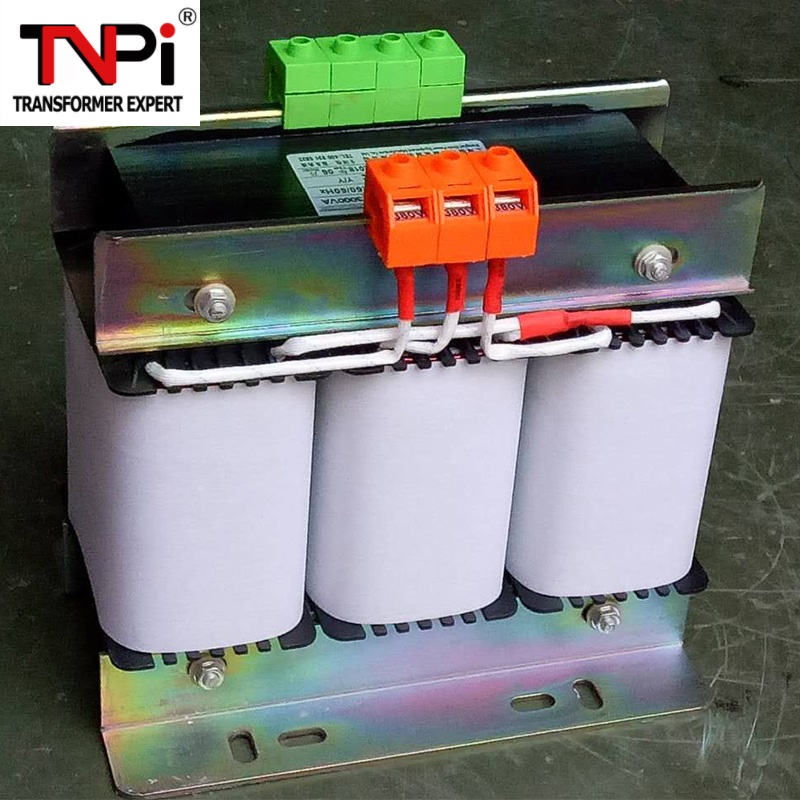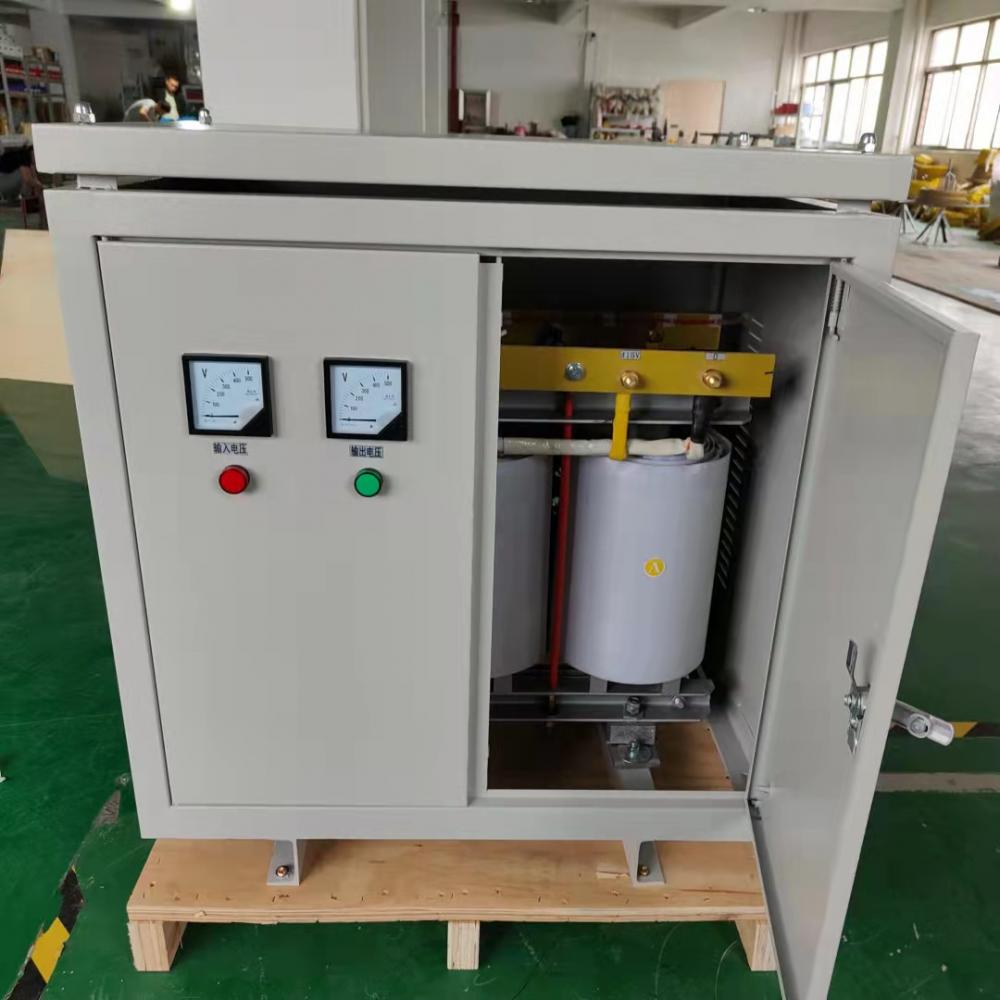On the one hand, the fifth phase of TD-SCDMA tendering was fully launched, and on the other hand, the first phase of the TD-LTE scale trial was successfully completed. In the future, where will TD-SCDMA go? What role will it play in China Mobile's multi-network integration strategy? This has triggered many speculations. Recently, the fifth phase of China Mobile's TD bidding is in full swing. Relevant sources said that in this tender, the situation of the technical bid was not much different from the fourth phase, and the result of the commercial bid has not yet been finalized. At present, Huawei and ZTE are in the lead in bidding, while some foreign manufacturers are "very weak."
The total investment of China Mobile's TD Phase 5 bidding plan is 20.45 billion yuan. The total number of base station bids reached 52,804, including 39,815 outdoor macro base stations, 12,989 indoor microcell base stations and an estimated carrier frequency of 297,188. Compared with the fourth phase of TD, the base station and carrier frequency are reduced by 51% and 64%, respectively.
In this bidding, China Mobile will focus on the shunting capacity of GT after the expansion of TD network and the ability of TD to evolve to TD-LTE in the future. The purpose of the fifth phase of TD construction is to further optimize covered areas such as cities and towns, strengthen deep coverage, and expand to county towns and developed towns. The TD-enhanced HSPA + technology, which has been receiving much attention from the industry, has not been included in the plan.
Come out
After four phases of construction, China Mobile has built a total of 219,000 3G base stations, which has covered large and medium-sized cities and some towns across the country. In terms of network quality, according to China Mobile's internal plan, after the network construction in 2010, TD should reach the "basic availability" level.
Although the gap between TD and the number of base stations of China Telecom and China Unicom is 233,000 and 286,000, the actual network capacity gap is quite different. The bandwidth of WCDMA is 10MHz, the bandwidth of TD is 1.6MHz, and the bandwidth capability of one WCDMA carrier fan is 6 times that of TD. The bandwidth of CDMA2000 is 2.5MHz, and the bandwidth capability of a CDMA2000 carrier fan is 1.6 times that of TD. Li Jinliang, a professor-level senior engineer of the Seventh Research Institute of China Electronics Technology Group Corporation, said that compared with other operators, the TD network capacity gap is too wide.
However, China Mobile does not seem to be in a hurry. The fifth phase of TD's bidding can be said to have begun. It was proposed as early as the beginning of this year, and many manufacturers are also eager to try. However, the tenders that started in April and May in previous years were postponed until September. In this regard, Li Jinliang said that the bidding process felt slower. It is estimated that the completion of the bid evaluation will be the end of the year, and the construction will be the next year. At the same time, in terms of scale, this bidding ultimately resulted in approximately 50,000 base stations and 280,000 carrier frequencies, less than the fourth phase of TD. When the TD-LTE scale test has achieved the first stage of success. People cannot help but speculate about the future of TD networks.
Consider the real problem first
According to China Mobile's plan, the main task of the fifth phase of TD construction is to strengthen the deep coverage of indoor and special scenes on the basis of the fourth phase, and continue to improve TD's network capabilities. It is not difficult to see that China Mobile still positions the TD network upgrade to strengthen coverage, and there is no requirement to increase the rate through large-scale upgrades. The speed and content of TD expansion depends objectively on the actual situation of China Mobile's network, and subjectively depends on the positioning of TD-SCDMA in China Mobile's network strategy.
In the past year, the utilization rate of China Mobile's TD network has been hovering around 10%, while the utilization rate of GSM network has remained high. Many TD dual-mode mobile phone users still reside on the GSM network for a long time. How to solve the uneven development of the two networks has always troubled China Mobile.
For this reason, China Mobile proposed in 2010 that through parameter adjustment and optimization, the residence threshold of the TD network should be reduced, so that TD can better distribute the traffic pressure of GSM. The premise of this is that the coverage of the TD network can withstand the new network traffic, and the expansion of the TD phase five can provide China Mobile with GT offload work and reduce GSM network pressure.
"To improve the user perception of the TD network, the post-optimization of the network is very important, which is often a long-term process." Yang Hua, Secretary General of the TD Industry Alliance, said, "In some cities in China, such as Suzhou, the quality of the TD network Very good, mainly because of the continuous investment in continuous network optimization. "
In this regard, China Mobile's relevant people agreed. He said that in the fifth phase of TD bidding, China Mobile paid attention to how to make good use of TD network technology, such as improving the TD network bearer ratio technology, HSUPA, wireless environment TCP optimization technology, and control channel space. Multiplexing technology, HSDPA slow power control technology.
Future role to be determined
Regarding the development of the TD network, industry experts have pointed out that the scale of China Mobile's TD-LTE network is at least three years away. Therefore, for a period of time in the future, TD-SCDMA will still be the main carrier to carry the newly added users of China Mobile's data traffic. Then, it is imperative to upgrade the TD network to HSPA +.
In terms of TD enhanced technology, at present, system equipment companies have already supported HSPA + (64QAM, auxiliary carrier TS0 enhancement, etc.) and dual carrier. Marvell is able to provide chips and implement complete tests and demonstrations with ZTE, Dingqiao and Datang. The peak rate of a single user of a data card can be stably maintained at 6.72Mbps. Related terminal chips can support large-scale commercial use at the end of this year or early next year.
Technically provides support for the upgrade, and the future of TD-SCDMA will ultimately depend on China Mobile's network strategy.
In this regard, Li Jinliang said that if TD plays a supporting role in the future, then China Mobile ’s voice communication will mainly be carried on the GSM network, while data communication may be lost to WCDMA, and only after TD-LTE large-scale commercial use can turn over. If TD's follow-up construction advances to HSPA +, TD will play a leading role in the future. Voice communication can help GSM network offload, and data communication can be immediately upgraded after using dual-carrier, and it can be evolved to 6-carrier bundling later. Reached above 20Mbps. This speed can meet the needs of 3G services at this stage, compete with WCDMA, and greatly improve user perception.
Three Phase Isolation Transformer
Introduction:
Three phase dry type isolation transformer is a new generation of energy-saving power transformer developed by our factory from 300VA to 1600KVA on the basis of international similar products and in accordance with international and national standards such as IEC439 and GB5226. The winding adopts hole array winding. Vacuum impregnation is adopted for the transformer to make the insulation level of the transformer reach F or H, and the product performance reaches the advanced level at home and abroad. SG series three-phase dry type isolation transformers are widely used in circuits with AC 50Hz to 60Hz and voltage lower than 2000V. All these can be customized according to the different requirements of the end user.
Normal service conditions:
1. The altitude shall not exceed 2500M
2. Ambient medium temperature: ≥ - 25 ℃, ≤+40 ℃
3. Current and voltage waveforms are similar to sine waves.
4. No rain and snow erosion, no obvious shaking and impact vibration at the installation site.
5. No explosion hazard, gas and conductive dust.


Three Phase Isolation Transformer,Industry Auto Transformer,Transformer 220V To 380V,3 phase Isolation Transformer
Henan New Electric Power Co.,Ltd. , https://www.newelectricpower.com
